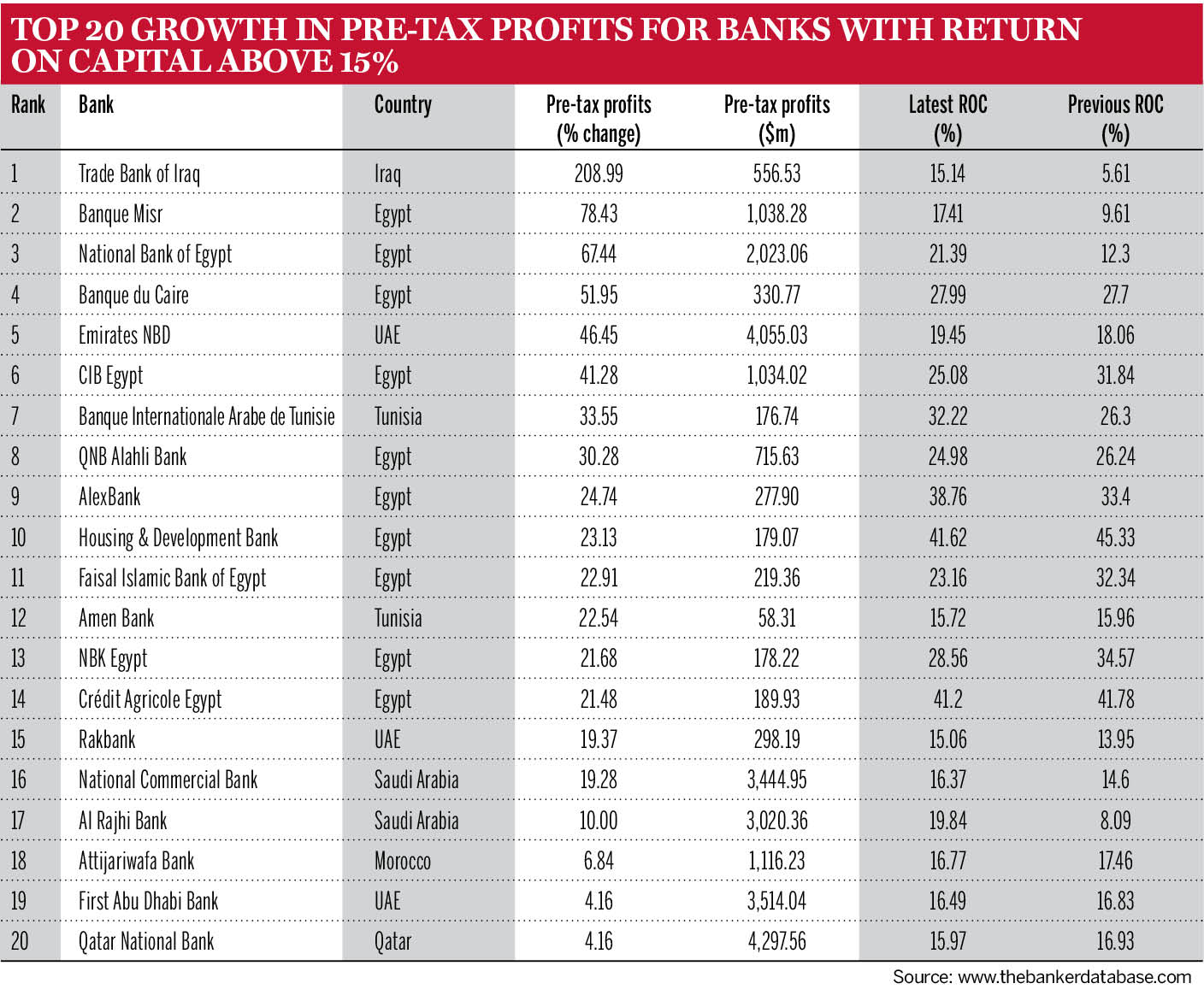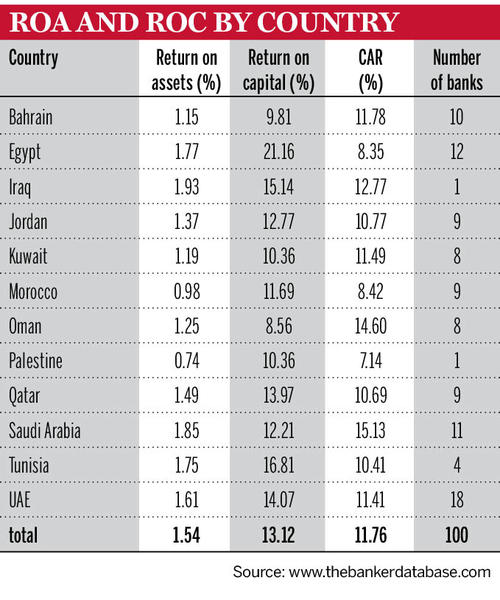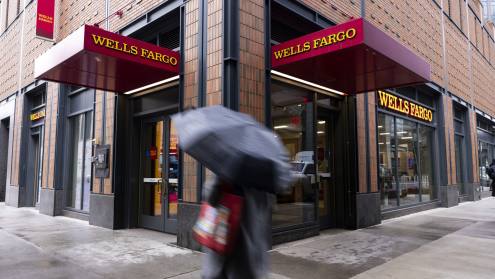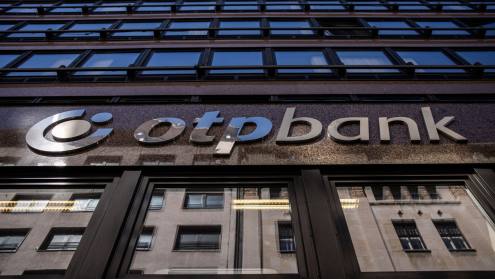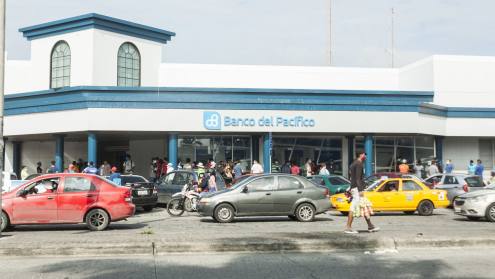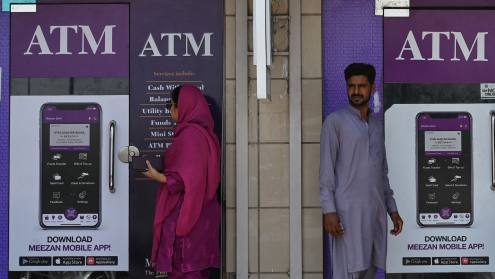The ongoing consolidation of the Arab world’s largest banks and the meteoric rise of Egyptian lenders are two of the most noteworthy trends highlighted by The Banker’s Top 100 Arab Banks rankings for 2020.
Regional ambitions and fierce domestic competition in heavily banked markets in the Gulf Co-operation Council (GCC) have prompted some landmark mergers across the bloc’s financial sector in recent years, resulting in a shrinking class of banking giants and shaking up this year’s top 10.
The consolidation trend within the Gulf that began in earnest in 2016 is only set to continue into 2021 and beyond. The prospective merger of Saudi Arabia’s National Commercial Bank (NCB) and Samba Financial Group could create a super lender on the scale of regional giants Qatar National Bank (QNB) and First Abu Dhabi Bank (FAB), the latter itself the product of 2017’s merger between Abu Dhabi’s two leading banks.
Within the wider Arab world, Egyptian banks have been the star performers, experiencing surging growth in 2019. They registered the region’s most impressive profitability growth for the year, while also recording strong increases in assets and Tier 1 capital.
Arab banks broadly show respectable growth in their capital positions in the 2020 rankings, with Saudi lenders in particular recovering after an unsteady showing last year. Yet vulnerabilities were becoming apparent in key markets even ahead of the impact of the coronavirus, which has turned lenders’ performance on its head in 2020 and beyond.
Still on top
A year after regaining the regional crown from FAB of the United Arab Emirates (UAE), QNB retains its position as the Arab world’s largest bank in The Banker’s rankings, a title it has held for three of the past four years. Its Tier 1 capital grew by 10.4% to $24.9bn in 2019, the largest organic growth registered in the top five. The bank’s 2019 results came in ahead of analyst expectations, and are all the more impressive given the slowdown in Qatar’s economy during the year, even as the effects of the boycott by its Gulf neighbours have all but disappeared.
FAB, which held the crown in 2018, holds on to second place in the 2020 rankings, its Tier 1 capital rising by 6.5% to $20.8bn. Profits are also up, even as exposure to the country’s troubled real estate sector saw impairments increase, compared with its UAE-based peers.
Dubai-based Emirates NBD rises to third place from fourth the previous year, swapping places with NCB. Emirates NBD’s Tier 1 capital grew by 34% to $20.3bn, thanks largely to its acquisition of Denizbank, Turkey’s fifth largest bank, completed in July 2019.
Major mergers
The Denizbank purchase was one of three major consolidation deals finalised in 2019 that shook up the top 10 for 2020. Such deals have become increasingly common in the past five years, as banks – and their government shareholders – seek consolidation opportunities in heavily banked and highly competitive markets that have faced sustained economic pressures in the wake of lower oil prices.
The biggest mover in this year’s top 10 is the UAE’s Abu Dhabi Commercial Bank (ADCB), following its merger with local rivals Al Hilal Bank and Union National Bank. The deal, completed in April 2019, saw ADCB’s overall Tier 1 capital increase 53.6% to $13.6bn, lifting it from 10th position to sixth in the 2020 rankings.
The merger of Saudi British Bank (SABB) with fellow Saudi lender Alawwal – the first deal of its kind in that country for 20 years – saw its capital increase 24.8% and a one-place rise to eighth.
Significant as such deals are within the Arab banking landscape, they would pale in comparison with the mooted merger of NCB and Samba. NCB’s Tier 1 capital grew by 5.3% in 2019, while Samba is Saudi Arabia’s third largest bank and the seventh largest in this year’s rankings. If completed, the merger, announced in June 2020, would create the Arab world’s largest bank by Tier 1 capital, returning NCB to the top of The Banker’s Top 100 Arab Banks for the first time since 2016.
The deal is some way from being finalised, however, with merger talks for a similar deal between NCB and Al Riyad Bank ending unsuccessfully in December 2019. Another major regional merger, between Kuwait Finance House and Bahrain’s Ahli United Bank, has already been postponed until the end of 2020 due to the pandemic.
All 11 Saudi banks in the ranking saw an improvement in their capital positions, after government demands for additional zakat (religious tax) payments in 2018 hit several lenders’ Tier 1 capital in the previous rankings. Riyad Bank and Bank Albilad led the way in organic Tier 1 capital growth in the 2020 league table, with increases of 10.3% and 20.1%.
Al Rajhi Bank’s Tier 1 capital increased by 5.4% in 2019 and the bank remains the best-performing lender in the top six Arab banks by return on capital (ROC) in the 2020 rankings, despite registering a fall from 21.21% to 19.8% in 2019. The bank’s numbers come in just ahead of Emirates NBD, which registers the biggest improvement in ROC, thanks to its Denizbank acquisition.
NCB was the only other major bank to post an improvement in ROC (albeit minor) for the year, rising from 16.26% to 16.37%. QNB’s ROC is down for the sixth consecutive year, sliding to 16%, while ADCB suffers the sharpest fall, with the absorption of UNB and Al Hilal prompting a drop from 14.9% to 9.6%.
Regional profitability
Arab lenders as a whole experienced a gentle decline in profitability in 2019, mirroring the experience of their global peers. Return on assets (ROA) for the region is virtually unchanged in 2020’s rankings, standing at 1.54% compared with 1.56% previously, while regional ROC falls to 13.12% from 13.49%.
After posting improved numbers in the previous rankings, banks in the big four – the UAE, Saudi Arabia, Qatar and Kuwait, which between them account for three-quarters of regional assets – all saw declines in their key profitability metrics.
Saudi lenders on an aggregate level saw the sharpest fall in profitability of any country in the 2020 rankings. ROA fell to 1.85% from 2.21%, while ROC slipped to 12.21% from 14.02%. Samba and SABB in particular acted as a drag on other lenders in the country, reporting pre-tax profit falls of 16.5% and 33.6% respectively during the year, even as both reported improvements in net income.
Kuwaiti lenders saw an aggregate fall in ROA from 1.33% to 1.19%, and a drop in ROC to 10.36% from 11.79%, with pre-tax profits falling by 1.14%. Commercial Bank of Kuwait was worst hit of all; its profits were wiped out to zero as impairments and provisions rose.
Yet the challenges before Kuwaiti lenders are insignificant compared with those facing their Lebanese peers, after the government in Beirut defaulted on its debt for the first time in March. After suffering an aggregate 7.36% decline in profits in 2018, Lebanese banks, heavily exposed to government debt, have at time of writing largely refused to publish accounts for 2019, following a standoff with the central bank about the extent of losses facing the financial sector. Lebanese banks have therefore been omitted from this year’s Top 100 Arab Banks rankings.
While profitability has slipped elsewhere in the Gulf, banks in the GCC’s smallest economy, Bahrain, are bucking the trend. In the 2020 rankings, their ROA is up from 1.03% to 1.15% in 2019 and ROC up to 9.81% from 8.77%.
But Egyptian banks report the most impressive profitability gains once more, as they continue to reap the benefits of significant economic reforms. Banks in the Arab world’s most populous country, whose economy grew by 5.6% in 2019, register an aggregate ROA of 1.77%, compared with 1.23% in 2018. ROC, meanwhile, increases to 21.16%, compared with 17.22% over the same period.
Impressive profits
Unsurprisingly, Egyptian lenders dominate this year’s top 20 list for growth in pre-tax profits for banks with an ROC of above 15%, making up seven of the top 10. Of the 12 Egyptian banks in this year’s Top 100 Arab Banks ranking, 11 record double-digit growth pre-tax profit growth, with five registering annual growth in excess of 30%.
In the 2020 ranking for ROC, Trade Bank of Iraq is the clear winner, with a over 200% increase in pre-tax profits boosting its ROC to 15.14% from just 5.61% for 2019.
Banque Misr is the pick of the 10 Egyptian banks in this year’s top 20 growth list (compared with just five last year), coming second with a 78.4% rise in profits. National Bank of Egypt and Banque du Caire are second and third, with pre-tax profit rises of 67.4% and 52.0%, respectively.
Banks in francophone North Africa make an improved showing in the 2020 top 20 by profit growth table, after disappointing results previously. Morocco’s Attijariwafa Bank, the sole francophone entrant in the previous ranking, is joined this year by Tunisia’s Banque Internationale Arabe de Tunisie (which posted a 33.5% increase in pre-tax profit) and Amen Bank (whose profits rose 22.5%).
Gulf lenders account for the remaining six entrants on the profit growth list, three of which are from the UAE. Emirates NBD leads them, in fifth place, its Denizbank acquisition lifting its pre-tax profits by 46.5%. Emirates NBD is one of six lenders (and the only non-Egyptian institution) from the top 20 growth list to also feature in the top 10 Arab banks by total asset growth, compared with just two last year, indicating that growth in assets and profitability in the region is once again converging.
Unsurprisingly, the asset growth table is dominated by entities that have either merged with or acquired other lenders. Qatar’s Barwa Bank, which merged with International Bank of Qatar in May 2019, tops this list with a 73.9% rise in assets, followed by SABB with 52.1% and ADCB with 44.8%.
Trade Bank of Iraq recorded the best organic asset growth in 2019, its asset base increasing by 36.2% to $28.8bn. The bank announced in March 2020 it had increased its capital to $3bn from $2.3bn, the largest increase of its kind since its formation in 2003.
Big five compared
The Banker’s Top 100 Arab Banks 2020 ranking include for the first time performance rankings for the five largest lenders in the key markets of the UAE, Qatar, Saudi Arabia, Egypt, Kuwait, Oman and Bahrain.
As well as rising to third in this year’s main ranking, Emirates NBD is first in the UAE’s inaugural best-performance rankings, which assess lenders’ performance across eight key financial indicators. The Dubai-based lender has the top scores for profitability and return on risk, and ranks highly in terms of growth and liquidity.
Dubai Islamic Bank (DIB), the country’s fourth largest lender (and 12th biggest in the overall region), is second in performance, thanks to its impressive showing for operational efficiency, soundness and leverage. DIB is set to climb higher in next year’s main Arab banks ranking, following the acquisition of local Sharia-compliant rival Noor Bank in January 2020.
Al Rajhi Bank, Saudi Arabia’s second biggest lender and the region’s fifth largest, tops the country’s performance rankings, leading in profitability, asset quality and return on risk. In second place is Riyad Bank, the country’s fifth largest lender, which posts solid all-round performance with few weak spots, excelling in growth, soundness and operational efficiency. NCB is third, dragged lower by comparatively weak scores in growth, soundness and leverage.
Despite topping the Top 100 Arab Bank ranking, QNB only manages fourth place in Qatar’s performance rankings, posting low scores in operational efficiency, profitability and return on risk. Commercial Bank, the country’s third largest lender, tops the local performance rankings, scoring strongly in leverage, growth and profitability.
Commercial International Bank, the third largest lender in Egypt, heads the performance rankings in the north African market, coming top in four of the eight metrics tracked, including leverage, soundness and return on risk. QNB Alahli Bank, Egypt’s fifth largest lender, ranks second for performance, thanks partly to its dominant position in profitability. Egypt’s largest lender, National Bank of Egypt, is third in performance, with strong operational efficiency undermined by lower scores for soundness and leverage.
Bank Sohar, Oman’s third largest lender, tops the country’s performance rankings, coming first for growth liquidity and soundness. In Kuwait and Bahrain meanwhile, National Bank of Kuwait, and Ahli United Bank buck the trend by topping their country’s performance rankings, while also holding the title of their country’s largest lenders.
Regional trends
The Banker’s Top 100 Arab Banks ranking for 2020 provides a snapshot of a stable banking environment, with improving growth following a challenging 2018.
The ongoing trend for consolidation within the Gulf region suggests a degree of caution among banks and their shareholders about the changing economic realities on the ground, amid an ever more pressing need to streamline and diversify in preparation for the post-oil era.
Such a trend is only set to accelerate in future, as the region’s banks and governments come to terms with the impact of coronavirus on local economies and a related slump in oil prices on an already challenging operating environment.




